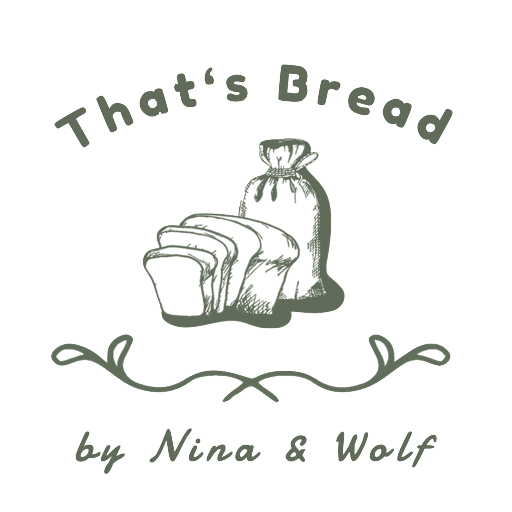Basic Bread Ingredients
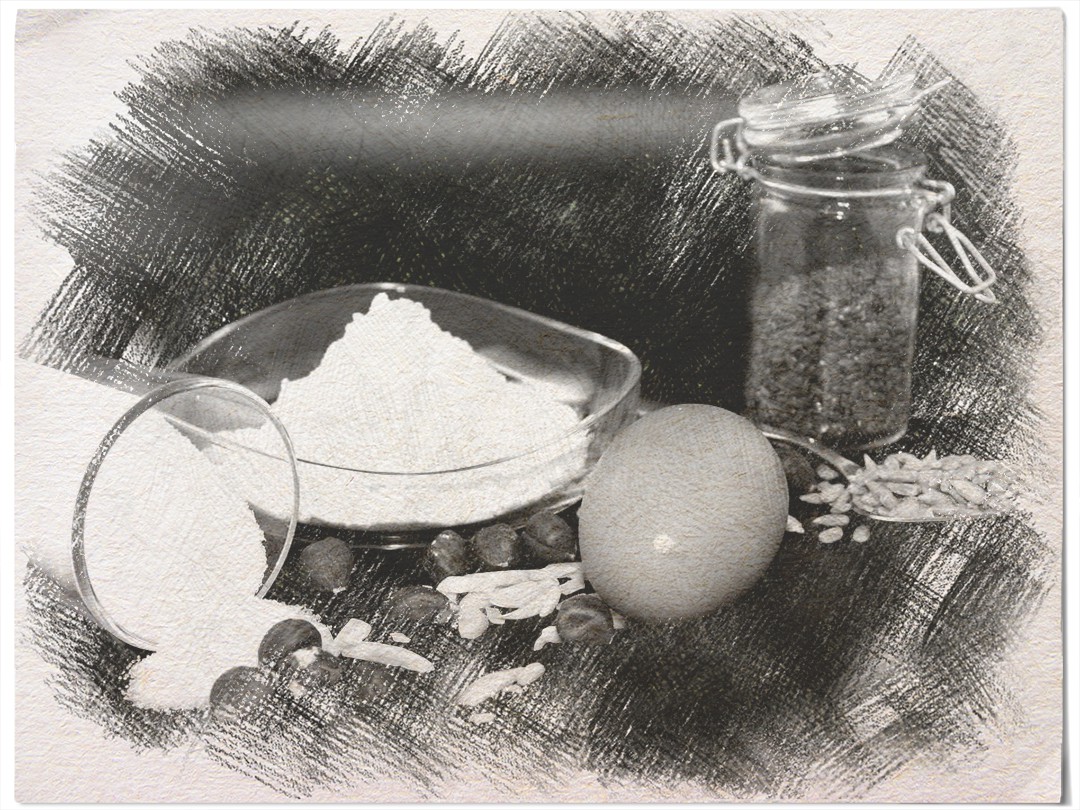
There are only 4 basic ingredients you would need for making bread:
- Flour
- Water
- a leavening agent such as yeast or sourdough
- Salt
Then of course you can add further items to make different kinds of breads. These could include eggs, milk (or milkpowder), butter (or shortening) and at times Vitamin C and Malt in order to change the texture, flavour and consistency of the bread.
Here are more details about ingredients you can use when making bread.
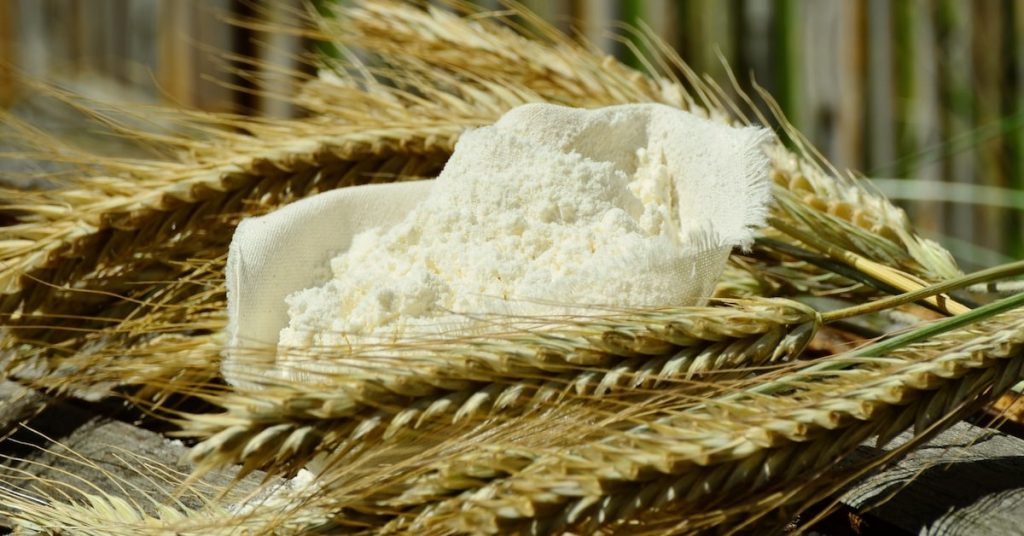
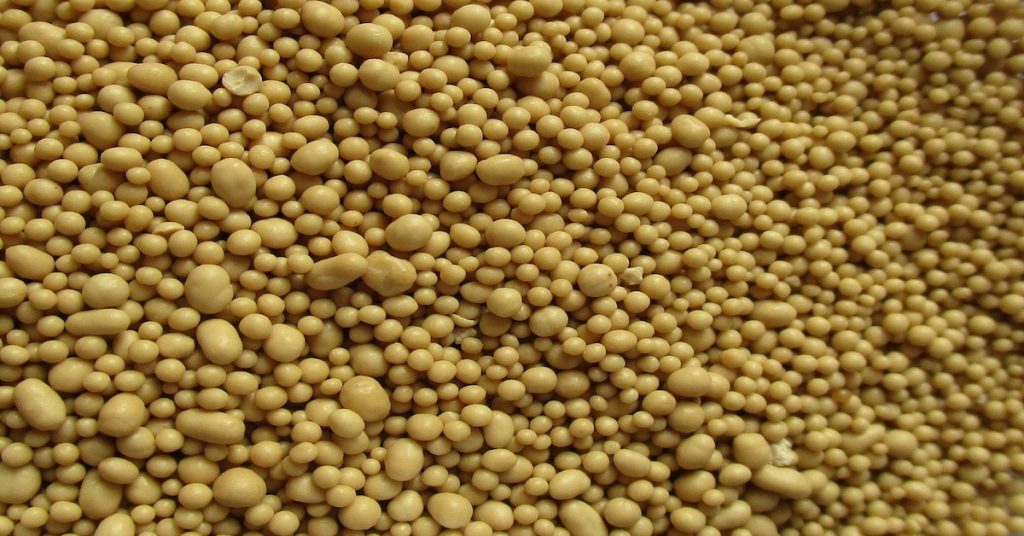
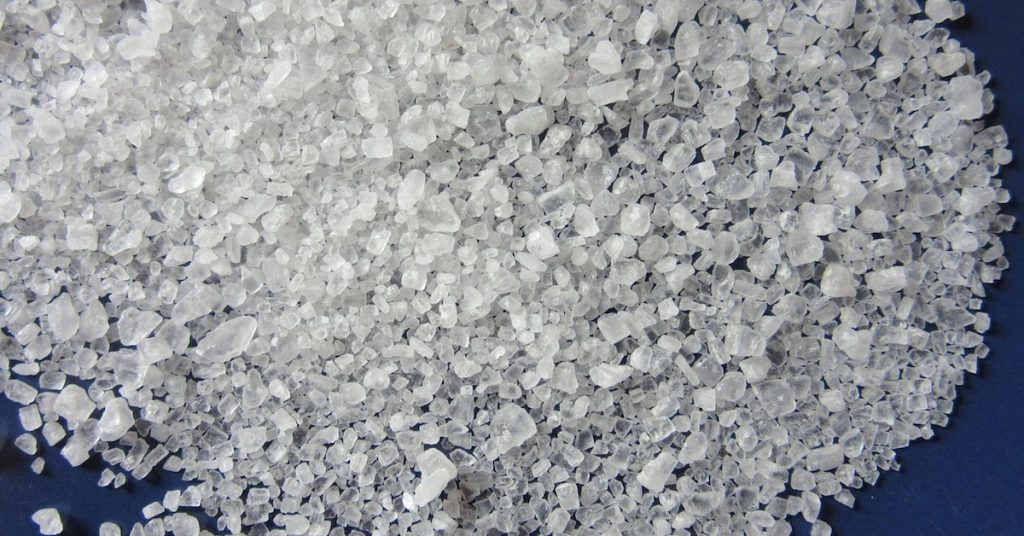
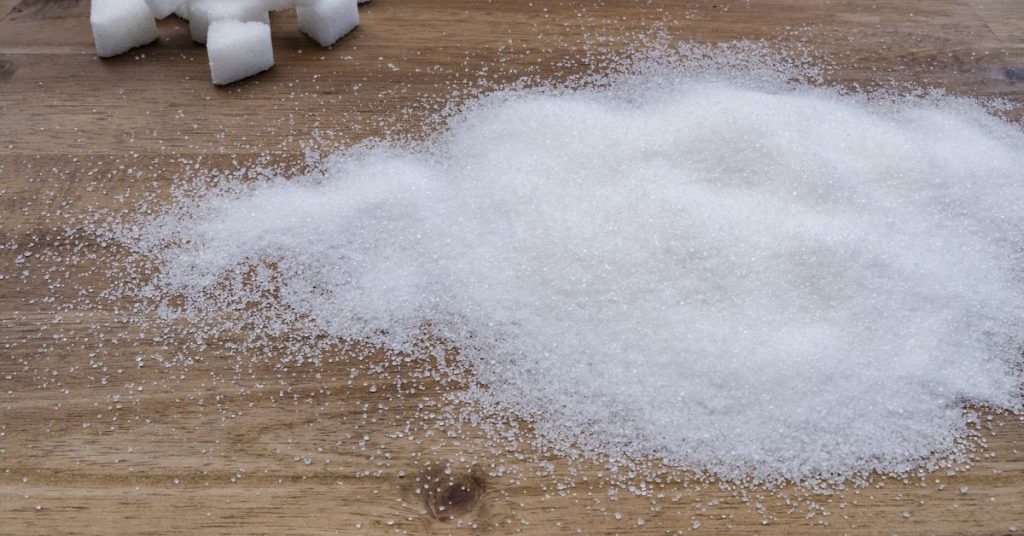
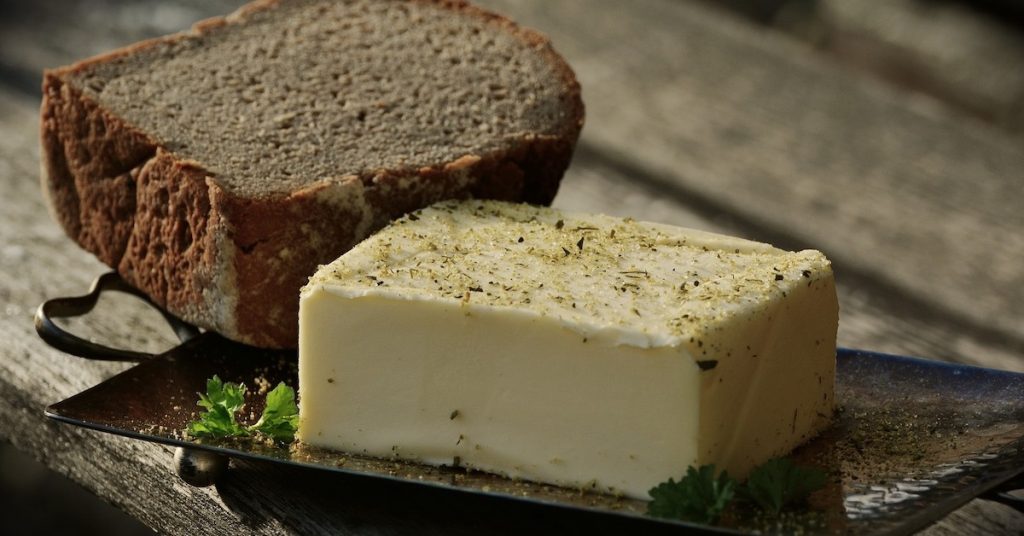
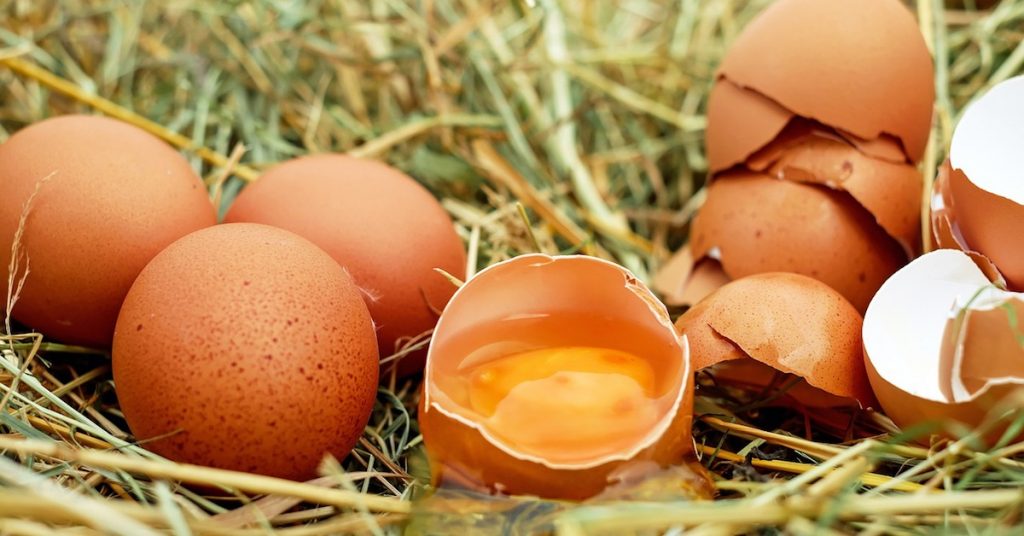
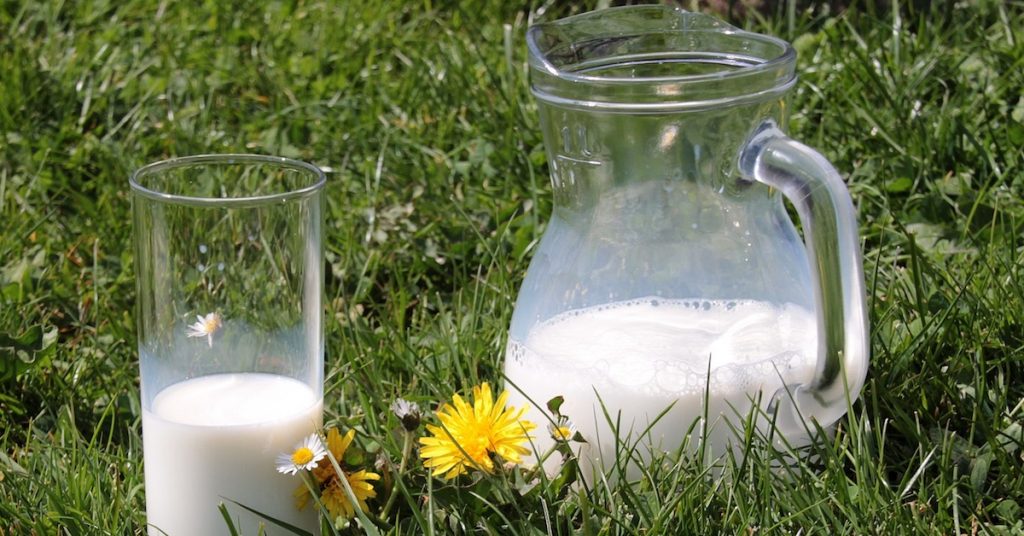
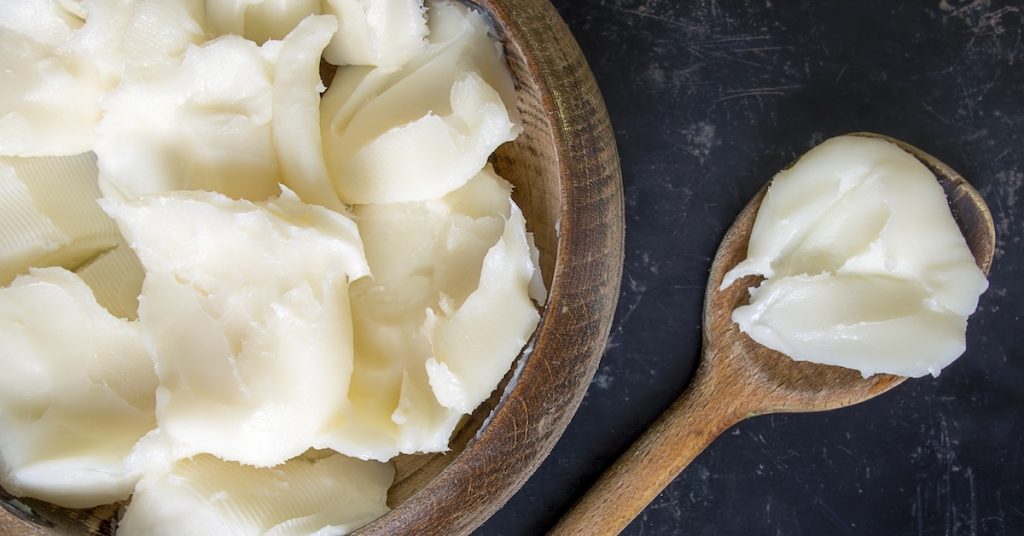
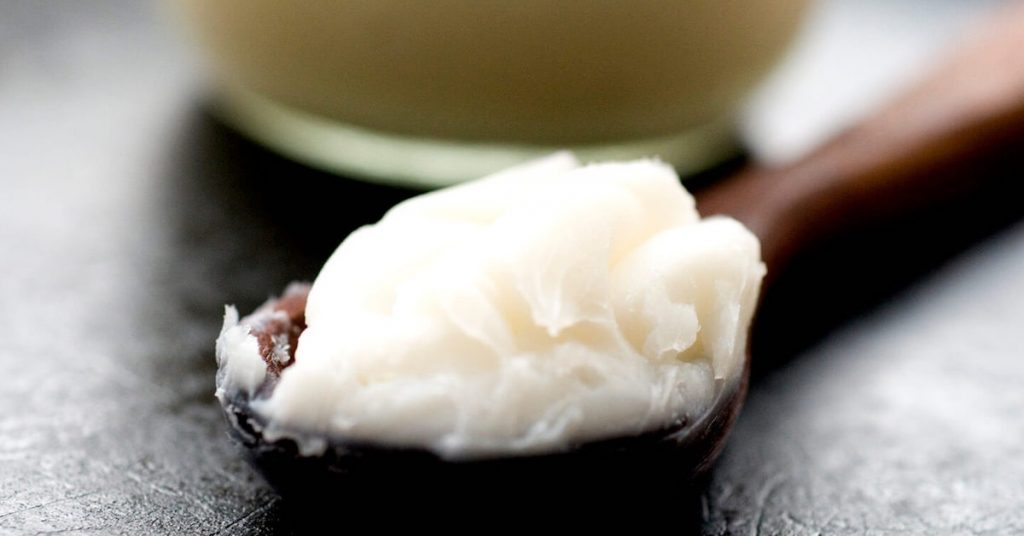
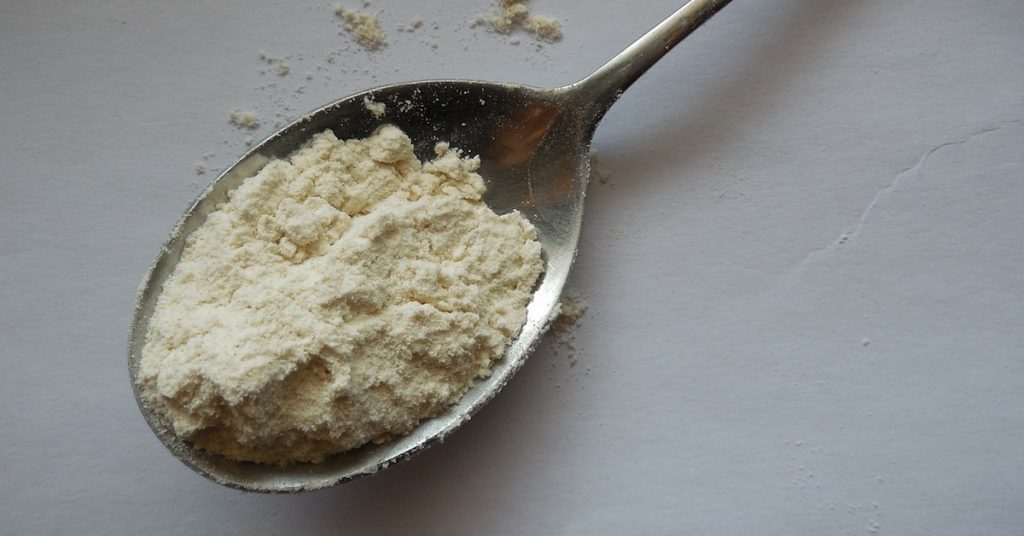
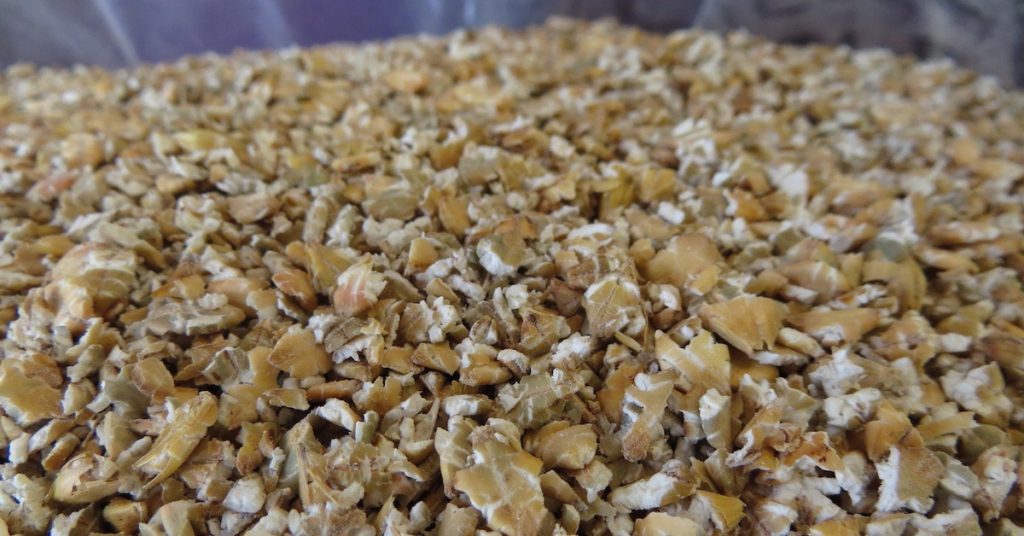
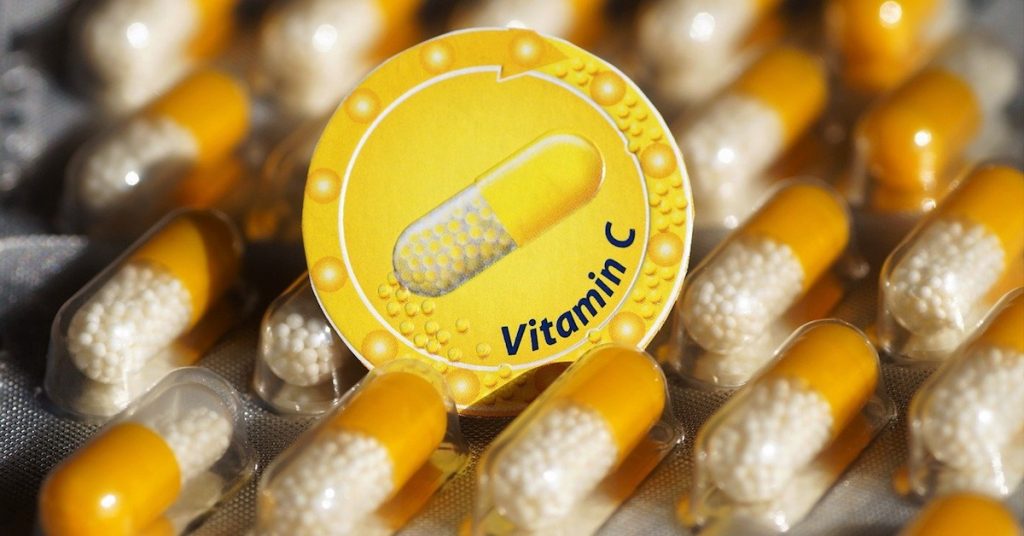

1. Flour
For making a good bread you will need some strong bakers flour. This could be any variety including wheat, spelt, rye and others. They should have a high as possible protein content so the dough can develop a good gluten network. If you use a cake flour for baking bread, you will end up with a more crispy product that doesn’t have such a nice crumb unless of course you let your dough ripen before baking it. So if you mix strong bakers flour and cake flour, you get the best of both worlds, good crumb and crispy crust.
2. Leavening Agent
This could be either sourdough or yeast, or a combination of both. Keep in mind that sourdough is swarming with wild yeast cells whereas yeast you can buy at the shop has been developed purely for one purpose and can not be multiplied like you can do with sourdough. You can buy yeast fresh or dry. Dry yeast comes in two varieties, active and instant. The instant yeast you can use right away while the active yeast needs to be kickstarted first. We for our part favour the use of sourdough in combination with yeast. For one, sourdough makes the bread last longer, gives it great flavour and makes as great crumb texture. Time is of the essence – the longer your dough ripens, the more flavour it will develop through the sourdough.
3. Salt
It is essential for making bread. It is tightening the gluten structure and at the same time adding strength to your dough. This of course will help the dough hold on to the gases the yeast is producing. But be aware that salt is slowing down enzyme activity and with that fermentation. For this reason you would not be adding salt too early, in some cases you will be adding salt almost at the end of the kneading cycle. We like to use Kosher Salt – so we can be sure there are no ingredients added to it which would kill the yeast in the dough or give unpleasant flavours.
4. Sugar
Normally you would not be using sugar when making sourdough bread. Sugar (or honey) is used to give the yeast some power food and kick starts it. It is mostly used for making fluffy, plump white bread which also gives it a sweeter flavour.
5. Butter
Butter or shortening used for making the dough gives the dough a softer texture. When using butter, the resulting bread has often a more flaky texture and of course tastes unique (think about croissants and brioche). Try not to use salted butter as salt binds water, the butter has a higher water content and of course you get a problem dosing your salt usage for the dough (you can only guess how much salt is in the butter).
6. Eggs
When you add eggs to the dough, the dough will retain more moisture and the crumb of the bread will thus be more moist. When using egg to brush the surface of your bread prior to baking, you will get a more glossy, shiny finish on the crust.
7. Milk
Together with egg in the dough, Milk will make the bread more fluffy and sweeter in flavour. It’s best suited for white breads that require a lot of fluffy crumb. Brush you bread with milk to get an enhanced, brown colouring of the crust.
8. Shortening
It is used to give your bread a lighter texture while adding some flavour. You can also use it to apply to your baking tin in order to prevent the finished bread from sticking. We tend to stay away from Shortening as an ingredient because it has the tendency to give some odd flavour to the finished product.
9. Lard
Lard is not often used as part of making dough. A notable exception is using it as part of those Bavarian Style lye breads like rolls and pretzels. You can identify lye rolls made with lard by looking at the surface of the roll. The surface will be cracked and a little speckled.
10. Malt
It is often added to the dough in order to more easily break down the starch for the yeast to consume. Adding active malt (diastatic malt) to the dough will give it a softer texture. If you just want to add a little malty flavour to your bread, use inactive malt (non-diastatic Malt).
11. Mixed Grains
If you want to add a little more bite and roughage to your bread, then get some mixed grains. Either crushed or whole, you can add them at the end of the mixing stage, however make sure you have soaked them early enough to soften them up. It will make your bread more wholesome and gives it a healthy kick.
12. Vitamin C
So you thought Vitamins are only good for people. Think again … Vitamin C is also good for your bread. It’s a natural gluten strengthening agent which gives your bread a better rise and helps your dough to rise more quickly. You can use a little lemon juice, orange juice of lime juice to add enough Vitamin C to your dough to get a lot of body or you can resort to using Vitamin C tablets or powder (Ascorbic Acid). A word of warning though. If you want to use Vitamin C, it’s best used for making white bread in combination with yeast. It also has a tendency to bleach out any colouring ingredient you may use (i.e. purple potatoes, squid ink, charcoal, etc.) dulling the colour and making the bread look a little greyer than it should.
13. Cold Water
Not to forget as one of the most important ingredients, cold water. We deliberately say “COLD” water because you will need to adjust the temperature of your water in most cases downward. Just as a reminder, have a look at the Importance of dough temperature and how to make sure you get it right.
Now you know a few ingredients you would need in order to make a variety of bread. We have another post that gives you a summary of the equipment you would be using when making bread.
